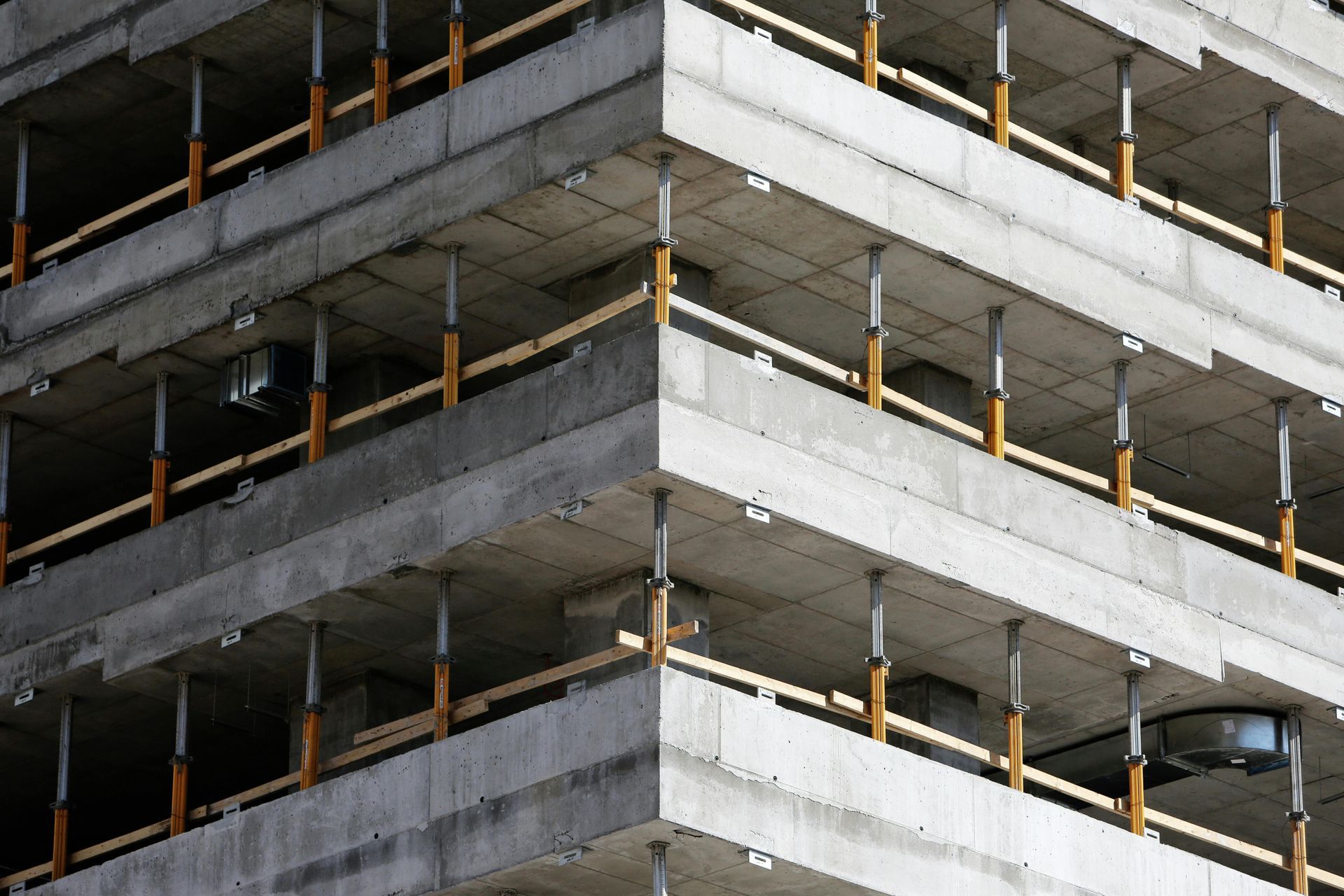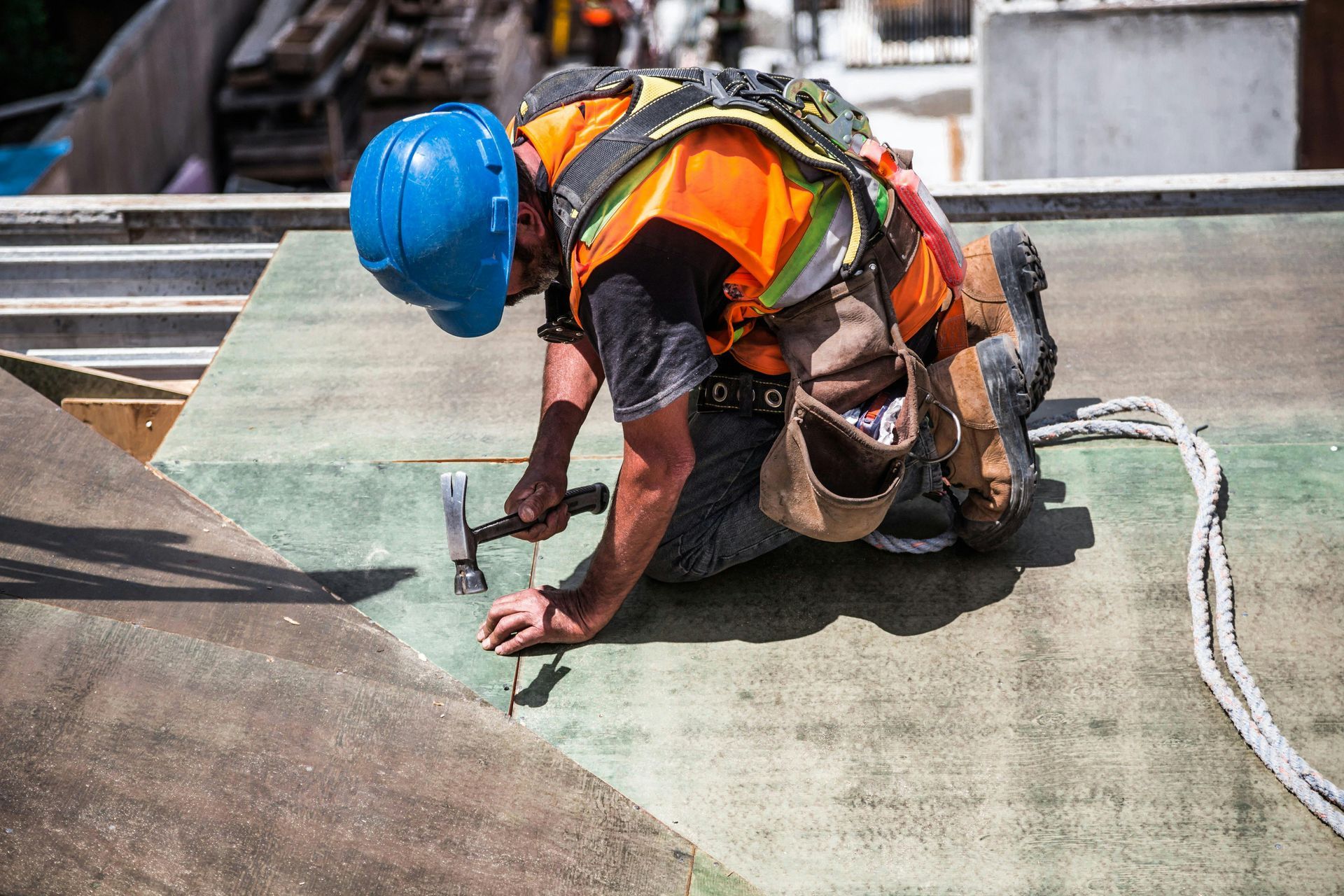Workplace Exploitation And Trafficking In The Construction Industry🦋
Workplace exploitation can appear in many forms, some much worse than others. Unfortunately, employers within the construction industry are often guilty of treating workers unfairly or even illegally just in the name of increasing profits. In this industry, this may look like wage theft, confiscating identity papers, forcing workers to work in unsafe environments, or using violence to assert their control.
This exploitation is not only limited to immigrants...local residents can just as easily be trapped into fake job offers, making this issue even more prevalent. In this post, you'll learn how you can do your part to ensure that every worker has the ability to work safely, without the risk of abuse.
Key Takeaways
- For construction workers, exploitation may look like wage theft, dangerous working conditions, or long hours without adequate breaks. Others may also be victims of human trafficking.
- Migrant workers, those with limited English skills, and those without legal status, fall into a vulnerable group with an increased risk of trafficking. They become easier targets because of their language barrier.
- Traffickers hold power over workers by controlling wages or identification documents, not allowing them to leave the workplace, isolating them from support, and using threats or violence to silence them.
- Forced labor and wage theft are illegal under U.S. federal laws, but these laws need strict enforcement. Business owners and employers may also use deceptive contracts to trap workers into poor conditions or arrangements.
- We can can help protect construction workers from exploitation by reporting signs of abuse, educating workers, and advocating for stronger laws.
Understanding Workplace Exploitation
Workplace exploitation occurs when employers mistreat their workers to gain profit. Workers may struggle with various problems, including unsafe conditions, long hours, or unfair wages.
Common forms of exploitation
You may not realize how local and foreign workers become victims in the construction industry. Here are a few common
forms of exploitation that workers may experience.
- Employers can cut workers pay, or even withold it entirely, leaving employees with less than they earned.
- Some traffickers limit access to both wages and the important identification documents of their workers. This makes it difficult for employees to quit or to fight back.
- Other employers isolate vulnerable workers so they become dependent on them for survival.
- In the worst cases, construction workers experience threats, psychological abuse, or physical abuse.
- Workers may be forced to work long hours without breaks, sick leave, or annual leave. This can cause them to wear down mentally and physically.
- They may be subjected to living in overpriced spaces that are crowded, unsanitary, not what was promised, or even legal.
- Employees
can't change jobs or move freely between work sites because the control of their employer.
These are just a few examples of how working class human beings can be trapped into work environment exploitation.
Factors contributing to vulnerability
Some workers are more susceptible to labor trafficking and exploitation than others. Many workers from different countries are looking for a better life, but can't communicate fluently in English. This often results in problems understanding their legal rights when they arrive in a new country, or getting help when something goes wrong.
Larger corporations may also intentionally create complicated contracts to trick employees into getting trapped into unfavorable conditions to their benefit. Employees often find that quitting their job prematurely will lead them to incur a large debt that becomes difficult or impossible to pay back. This economic exploitation, or debt bondage makes it difficult for a worker to escape their workplace.
Strict immigration policies can also prevent employees from voicing their concerns. For example, if workers don't have legal documents in their possession and are concerned about their immigration status, they will be more likely to stay quiet over their workplace exploitation in fear of being sent back to their country.
Unfortunately, these circumstances lead to many situations where workers feel their only option is to tolerate abusive treatment at work. Understanding this dynamic is the first step in helping those affected by workplace abuse and trafficking in the construction industry.
Human Trafficking in Construction
Human trafficking in the construction industry appears in many forms. Workers often experience unfair and forced labor or misleading hiring practices, leading to serious human rights abuses.
Forced labor and deceptive recruitment practices
In the construction industry, workers are often trapped through wage controlling, the confiscation of paperwork, threats, or physical violence. Employers may also isolate their victims, making it difficult for them to get help or communicate with each other.
Fraudulent recruitment plays a major role in worker exploitation across supply chains in the United States. Businesses promise jobs with good benefits, only to trap vulnerable individuals into less than desirable situations.
These illegal practices violate workplace health standards and put undocumented migrants and other vulnerable group's mental health at risk.
Addressing Exploitation and Trafficking
Fighting back against exploitation and labor trafficking requires strong legal protections and regular enforcement. Construction workers deserve safe work environments, and business owners must adopt fair recruitment processes to prevent this.
Legal frameworks and enforcement
Legal frameworks are key to protecting workers from labor exploitation and human trafficking. Federal laws do include strict regulations and labor laws against forced labor and wage theft.
These laws can impose penalties on any employer who violates their employment rights. However, the actual enforcement of these laws is critical for ensuring a safe working environment, especially within the construction industry.
Business owners may use misleading recruitment practices that lead to eventual worker abuse. They also use documents such as non-compete agreements that restrict their workers' opportunities and make it easy to trap them in poor living conditions.
Currently, advocacy groups are attempting to ban these unfair contracts in many states, including Michigan. This will result in less workplace exploitation and prevent vulnerable populations from becoming victims.
Strategies for prevention and worker protection
Here's how industry leaders and businesses can do their part in preventing workplace exploitation and trafficking in order to create a safer environment for construction workers.
- Educate Workers: Empower workers by educating them about their legal rights and how to recognize signs of exploitation, so they can identify unreasonable demands right away.
- Encourage Reporting: Encourage employees to report poor treatment without judgement or fear.
- Reward Good Work: Acknowledge the hard work of your employees on a regular basis to boost morale.
- Promote Worker Autonomy: Respect every worker's decision making power so they feel valued.
- Implement Safety Regulations: Create clear safety guidelines that align with Occupational Safety standards. Train your staff on important safety practices to help reduce the number of on site accidents and violations.
- Create Open Communication: Establish communication strategies that invite feedback and conversation to allow issues to be dealt with quickly before they escalate.
- Collaborate With Advocacy Groups: Connect with organizations that focus on combatting labor trafficking and the exploitation of workers. These types of groups can provide resources and support.
- Advocate for Stricter Laws: Support efforts to improve immigration policy regarding worker protections to safeguard workers' rights.
- Monitor Hiring Practices: Review hiring processes for any misleading recruitment practices or safety violations to ensure accuracy and transparency in all job descriptions.
Protect Michigan Laborers
To reduce the possibility of workplace exploitation and trafficking in the construction industry, it's vital that you learn to recognize signs of exploitation within your local Michigan community. Many workers are trapped in poor conditions and suffering from unfair treatment. You can help by knowing what to look for.
To learn more about labor trafficking and workplace exploitation, visit us at Hope Against Trafficking in Pontiac, Michigan. Advocating for safe and fair work environments that protect all workers' rights and dignity is something we can all support, and your voice matters in this fight against injustice.
FAQs
1. What are common characteristics of labor exploitation in the construction industry?
Signs of labor exploitation often include work contracts with confusing terms and conditions, confiscation of identity documents like passports, workplace bullying, and unfair pay. Employees are not granted time off for sick leave, paternity leave or annual leave.
2. What does human trafficking look like in construction jobs?
Trafficking usually involves forced labor, or long hours with little to no pay. Victims are often moved between work sites or controlled by threats and abuse.
3. What are the root causes that lead to the exploitation of employees?
The weak regulation of the labor market is a major reason why businesses can get away with workplace exploitation. Recent studies have also shown gaps in court cases addressing this topic.
4. What practical steps can workers take if they suspect exploitative behavior at their new job site?
Employees should document any suspicious activity and reach out to emergency helplines immediately. Using a clear communication strategy is important when reporting issues related to labor trafficking or other forms of employee exploitation.







